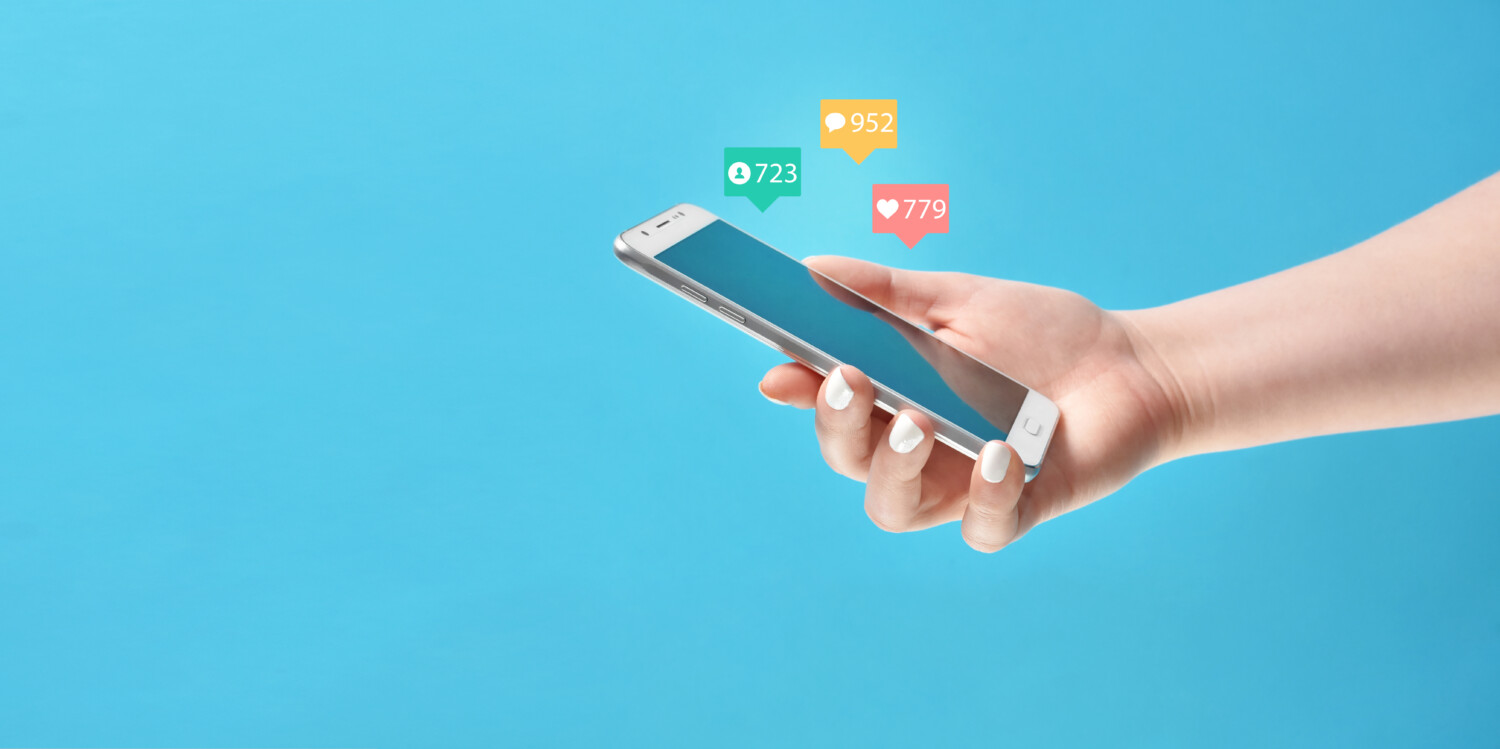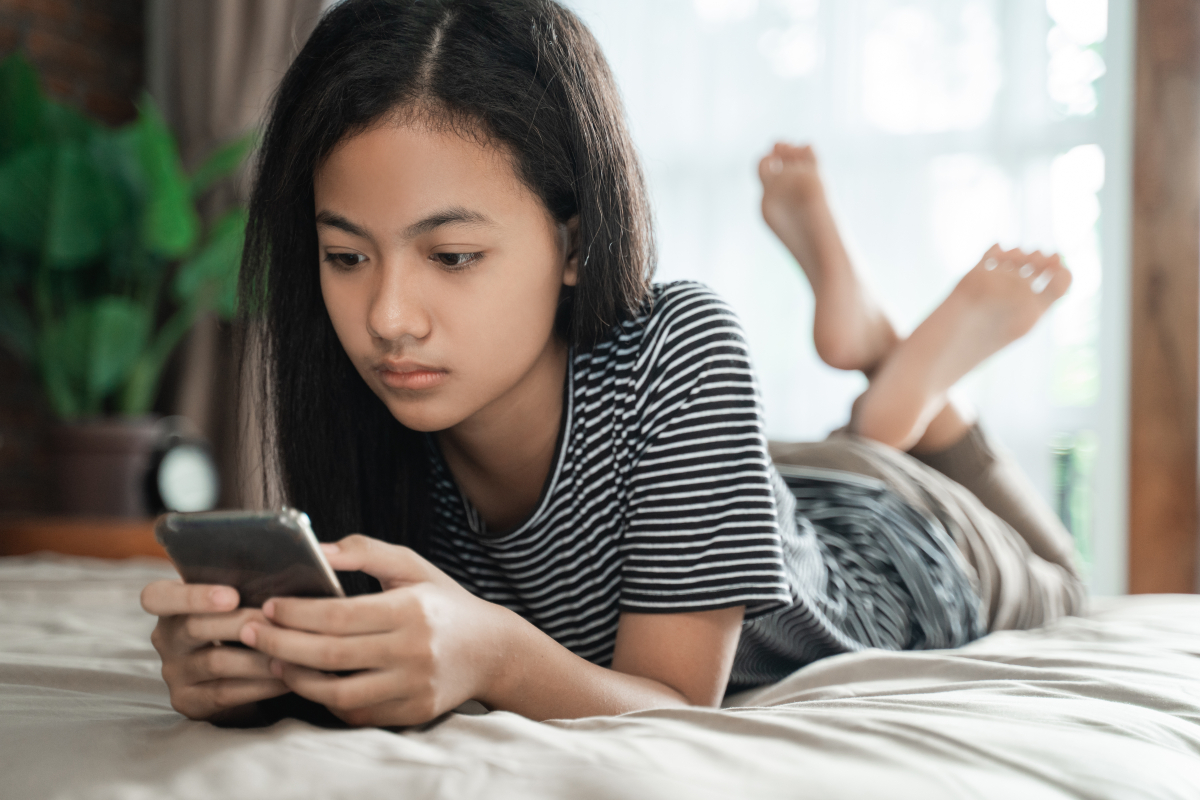Read them and “beep”?
We’re all likely aware that teens spend a lot of time on their phones. But a new study dives into just how much of a pull those pings and pop-ups have on kids these days, bringing them back to their device screens again and again.
The study, “Constant Companion: A Week in the Life of a Young Person’s Smartphone Use,” was published jointly by Common Sense Media and the University of Michigan’s C.S. Mott Children’s Hospital to gather data on how much time teens are spending on smartphones, what apps they are using, how much use occurs during school hours or at night and how they manage frustration surrounding phone use. Among other insights, it found that 11- to 17-year-olds using Android devices were getting up to 4,500 notifications a day, picking up their phones a median of 51 times each day, and spending a median of almost 4.5 hours on their phones daily.
MORE: You can now hire a parent-by-proxy for your faraway college kid
The study, which tracked the smartphone use of 203 teens, noted wide disparities between the highest and lowest numbers in different categories, indicating big differences in individual use. Still, it showed that young people received a median of 237 notifications, with which phones are trying to get users to engage with content.
“Notification frequency varied widely, with maximums of over 4,500 delivered and over 1,200 seen,” the study said.

Most notifications were from apps teens use to chat with friends, such as Snapchat and Discord. The study showed that the 11- to 17-year-olds surveyed spent the most time on TikTok, though, which is able to adapt to their moods with easy-to-use, bite-size content.
“Compared to other social media apps, TikTok users were more likely to spend several hours per day using it (upwards of seven hours a day), often during school hours and overnight,” the study noted. “In contrast, the longest amount of time spent on Snapchat and Instagram was around three hours per day.”
Teens were least likely to say Facebook was their preferred social media platform — and Facebook, of course, is known as the platform of choice for older users. (These findings hurt my elder millennial heart, since I got my first cellphone in college and was at one of the early universities to gain access to Facebook.)
MORE: Survey shows the best way to get kids to clean their room
The study also found that these young people are aware they might be spending too much time with their tech — more than two-thirds say they “sometimes” or “often” find it hard to stop using their devices, use their phones as an escape or miss sleep due to being online.
Study authors recommended that adults should not jump to judgment or frustration about teens’ phone use; instead, they should “meet them where they are” and make sure they are available to help kids with negative phone experiences and discuss them. It also reminds parents that this is the main tech option kids are given these days to connect with peers and learn about the world independently.

MORE: These 22 companies hire 14- and 15-year-olds
“Without understanding how young people build relationships with these technologies that contain their friendships, entertainment, stress relievers, and distractions — and how this depends upon design features of the phones themselves — we will not be able to support their healthy technology use,” one of the report’s discussion points states.
The results of the study have me wondering if a first and easy step to helping kids reduce their phone time would be for someone to sit down with them and help go through their settings, turning off notifications app by app. This doesn’t reduce any app access — just the amount of in-your-face distractions from those apps.
Here’s a Kinsta guide to doing just that Windows, Mac, Android and browsers. Maybe even we non-teens could use the reminder, too!
Any products or services mentioned above were selected independent of sales and advertising. However, Simplemost may receive a small commission from the purchase of any products or services through an affiliate link to the retailer's website.
This story originally appeared on Simplemost. Check out Simplemost for additional stories.



